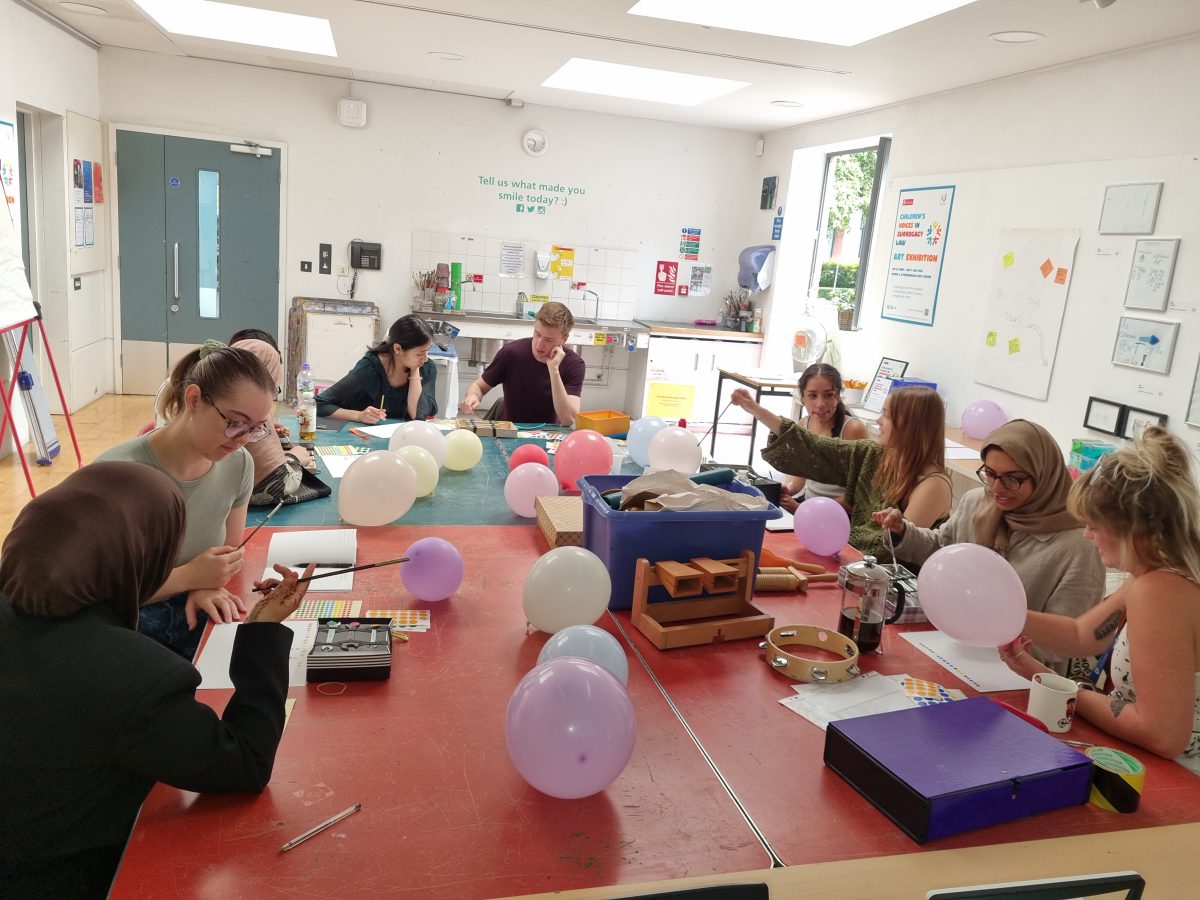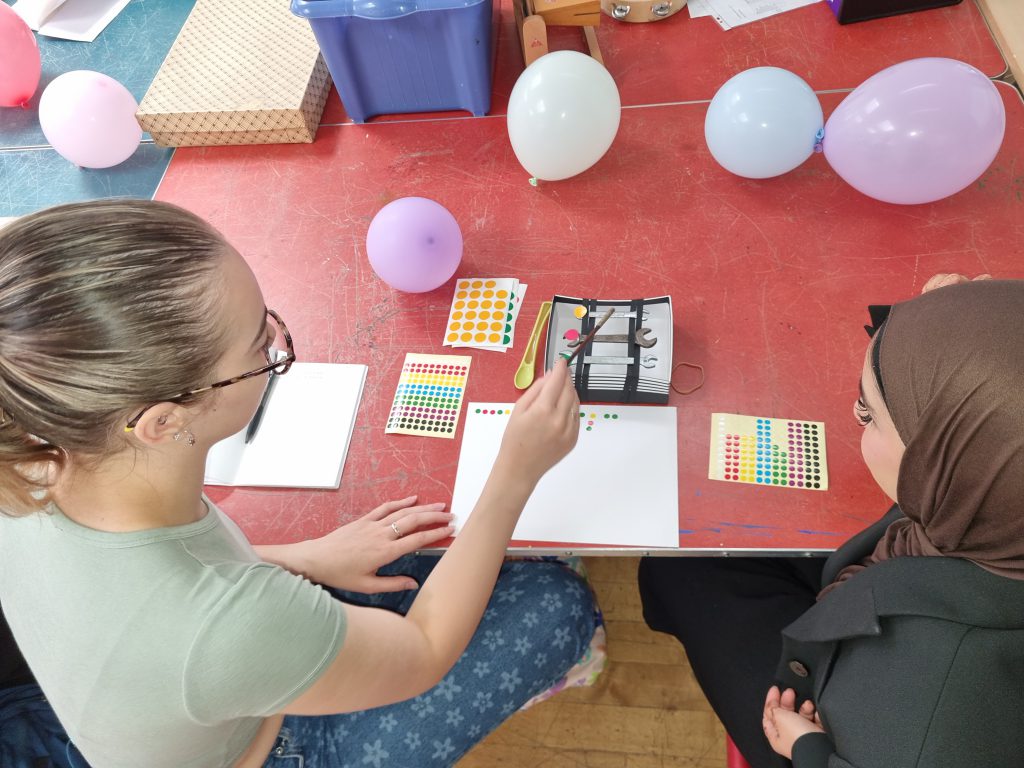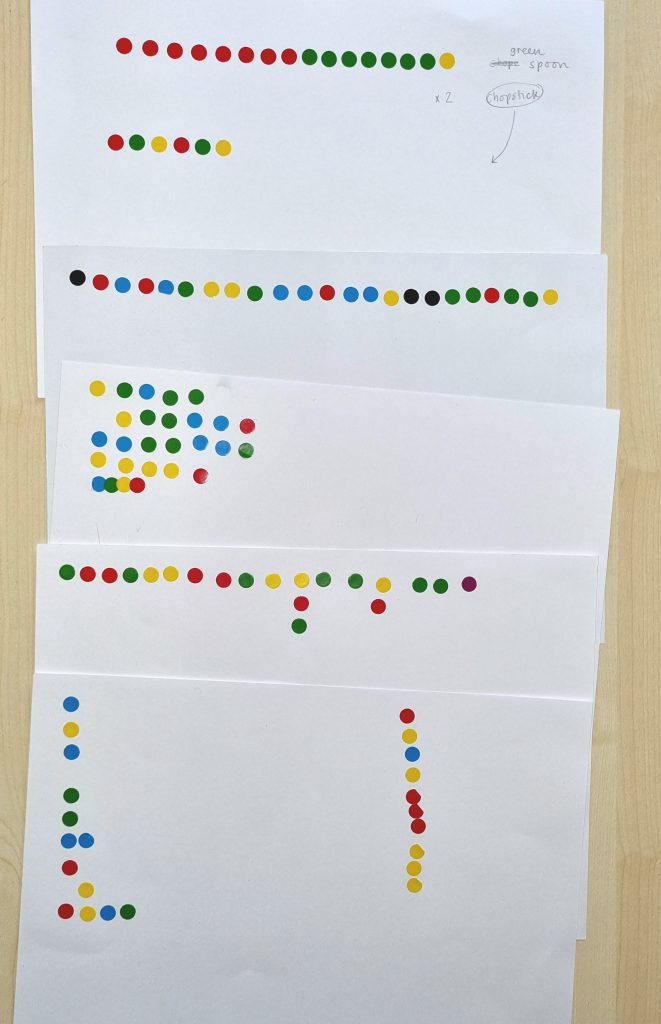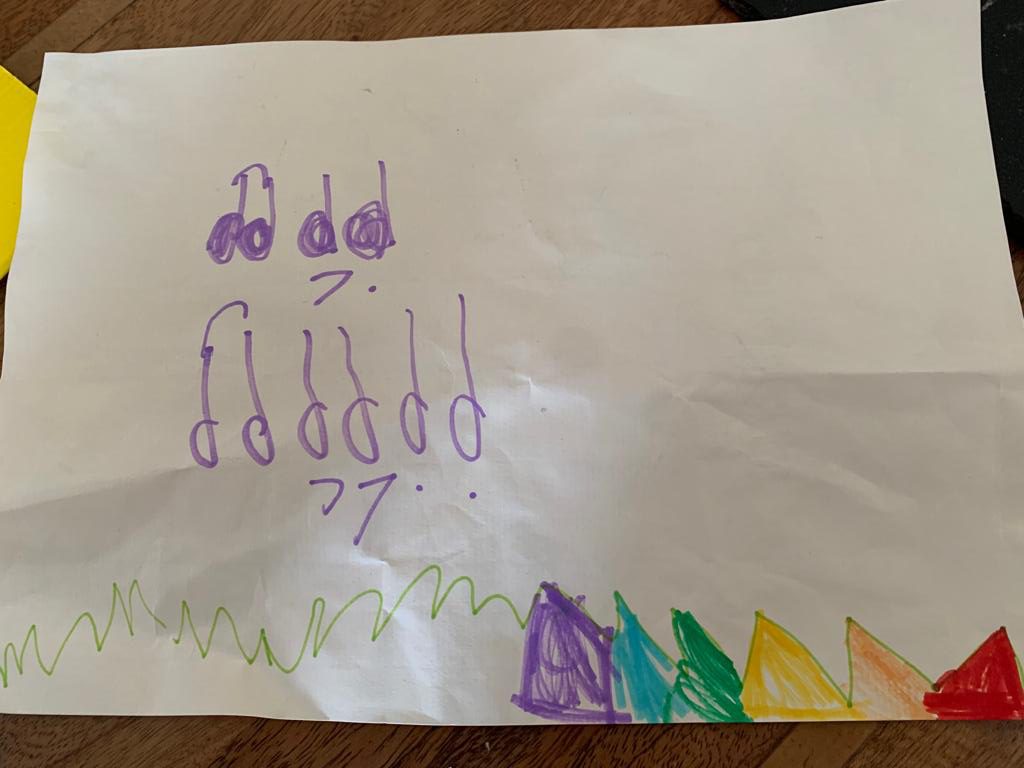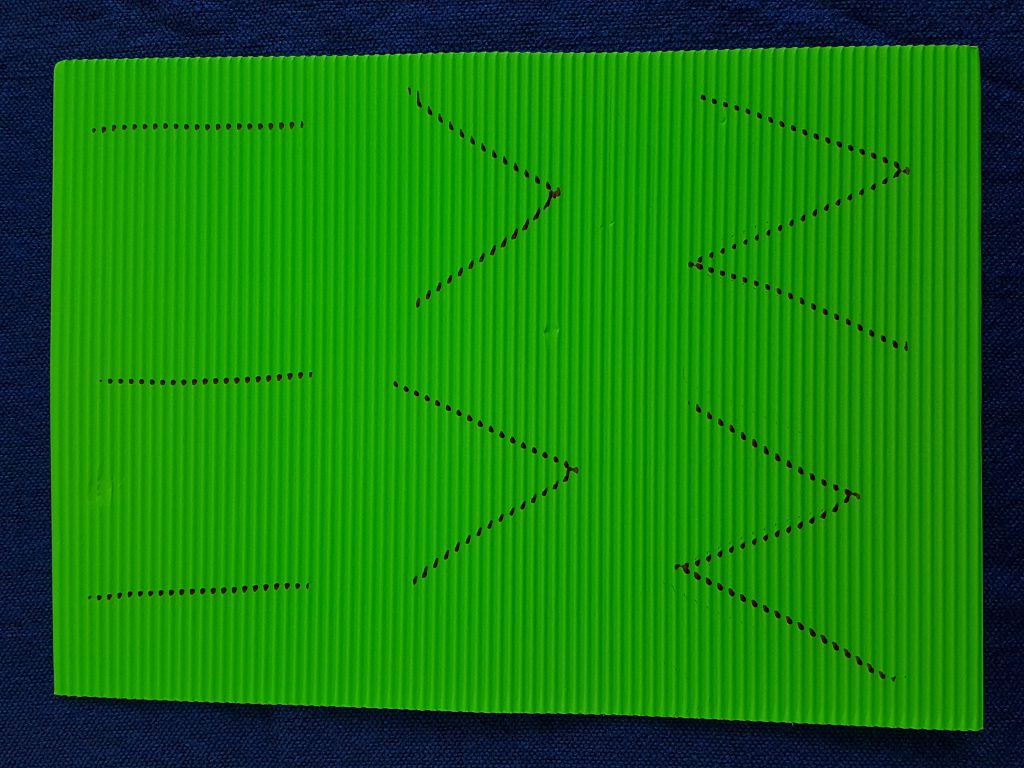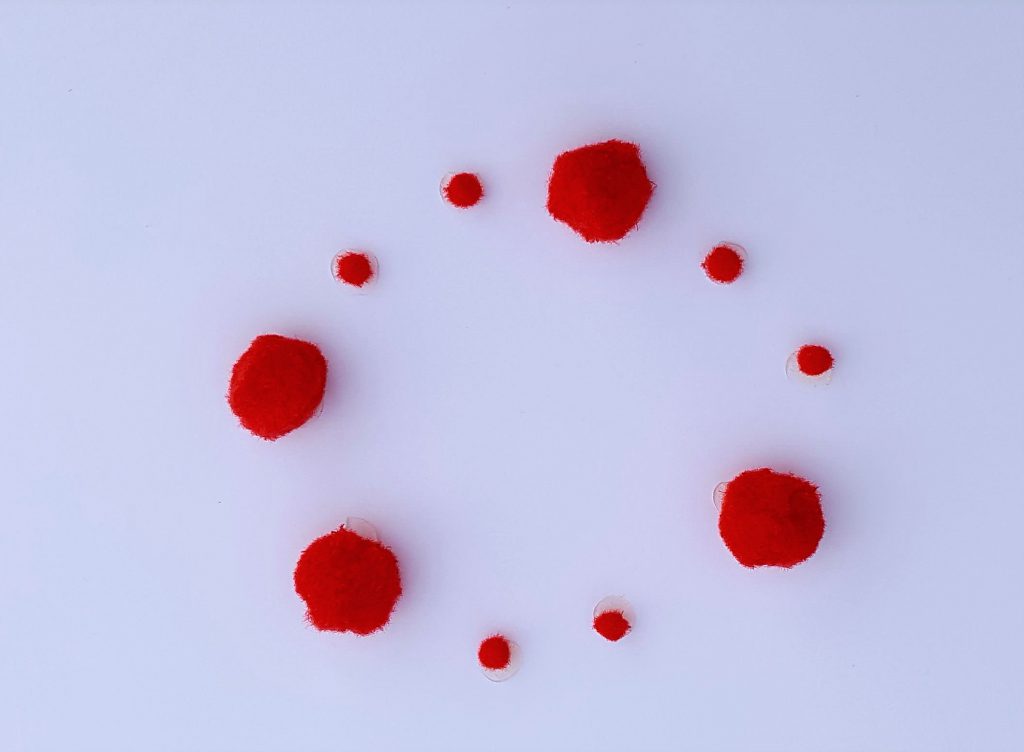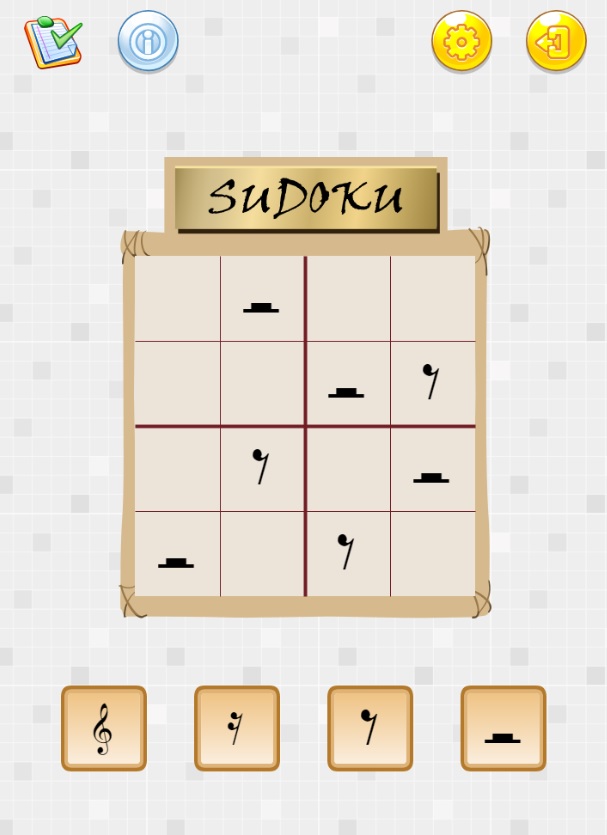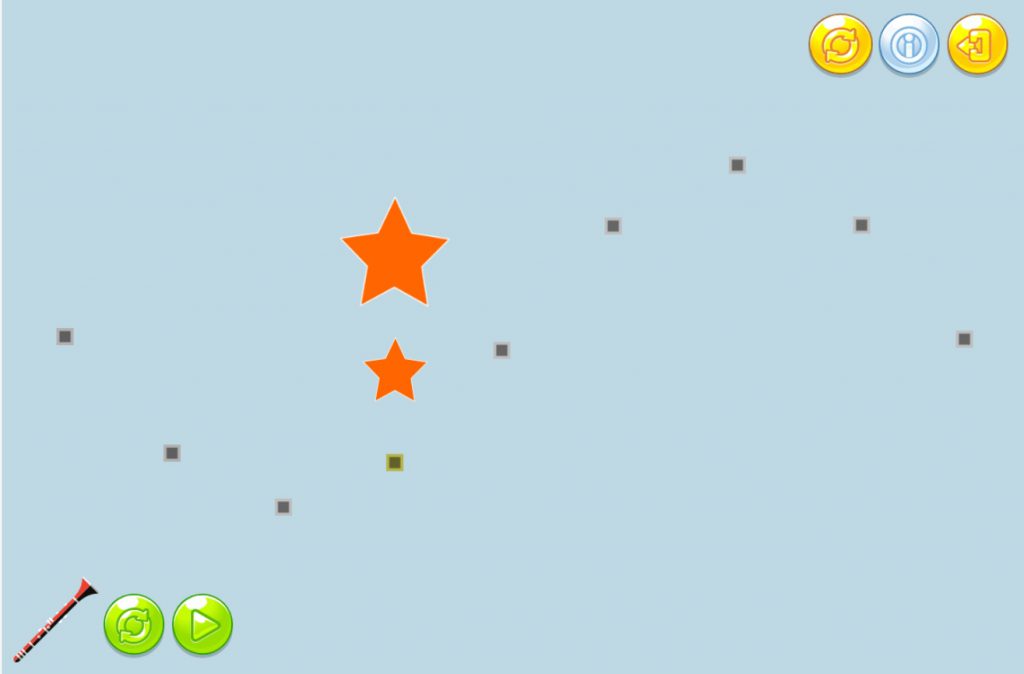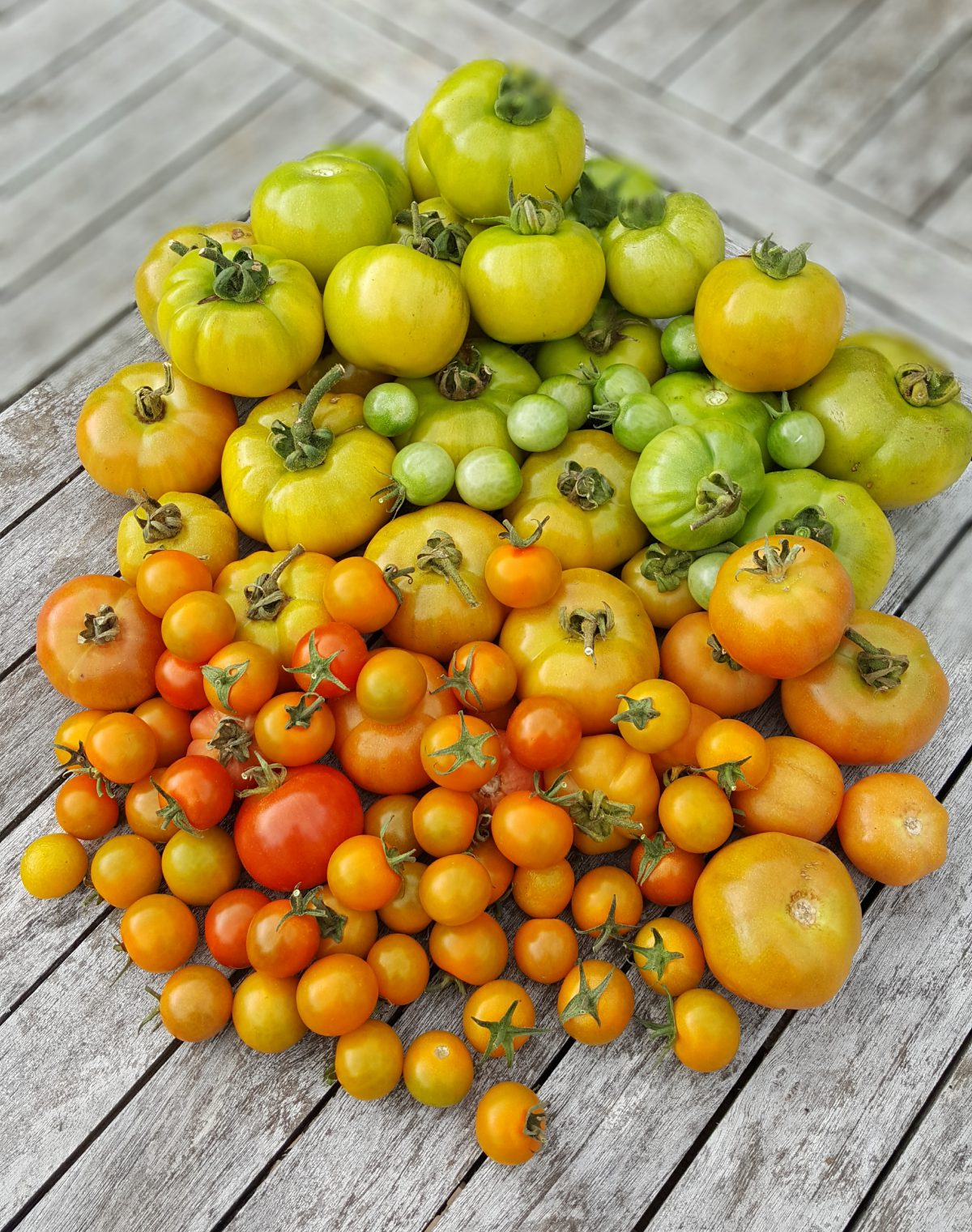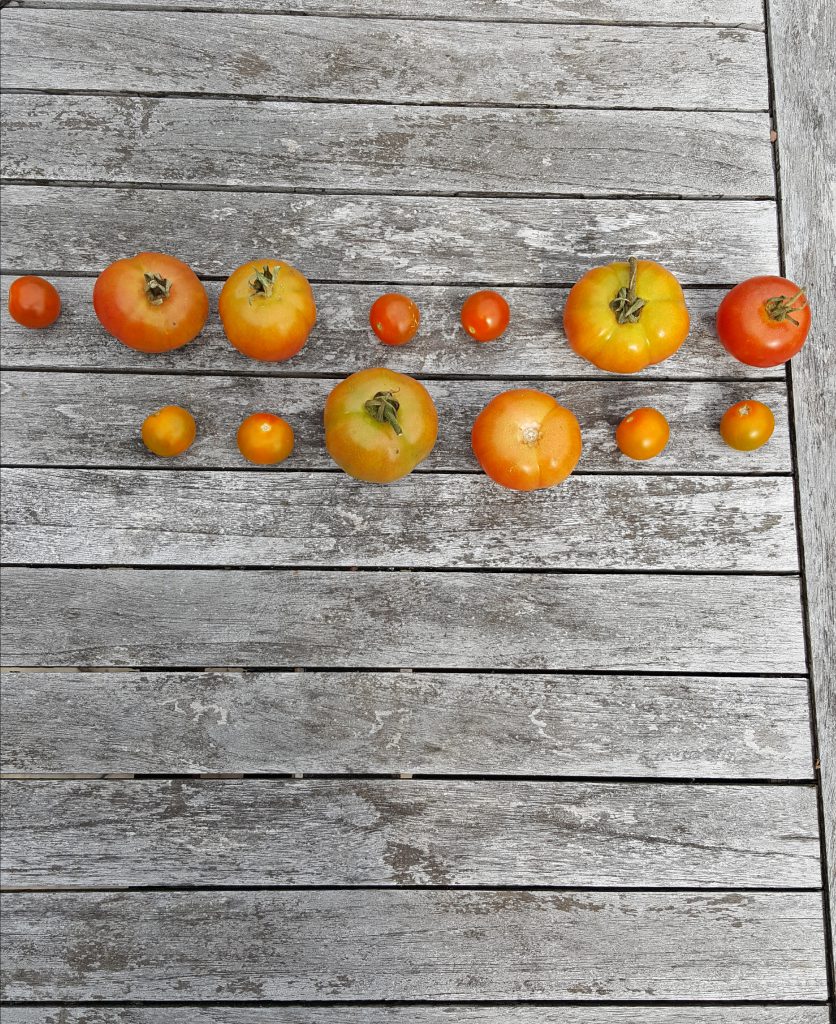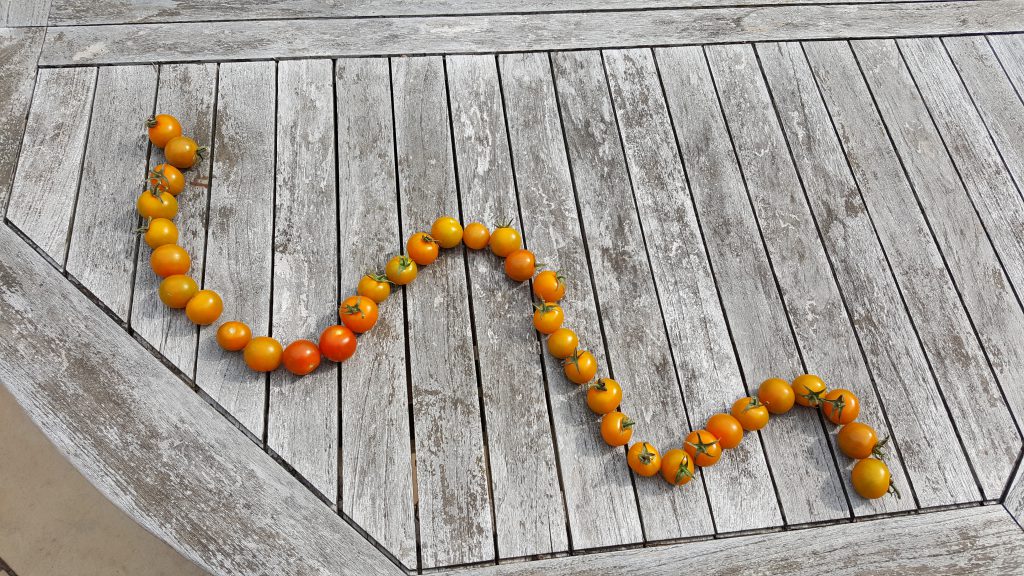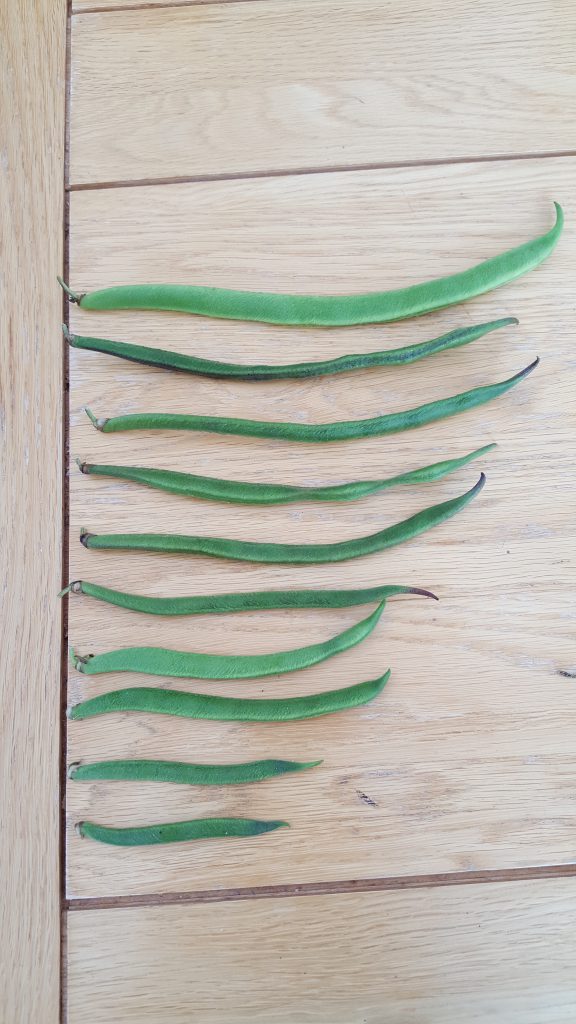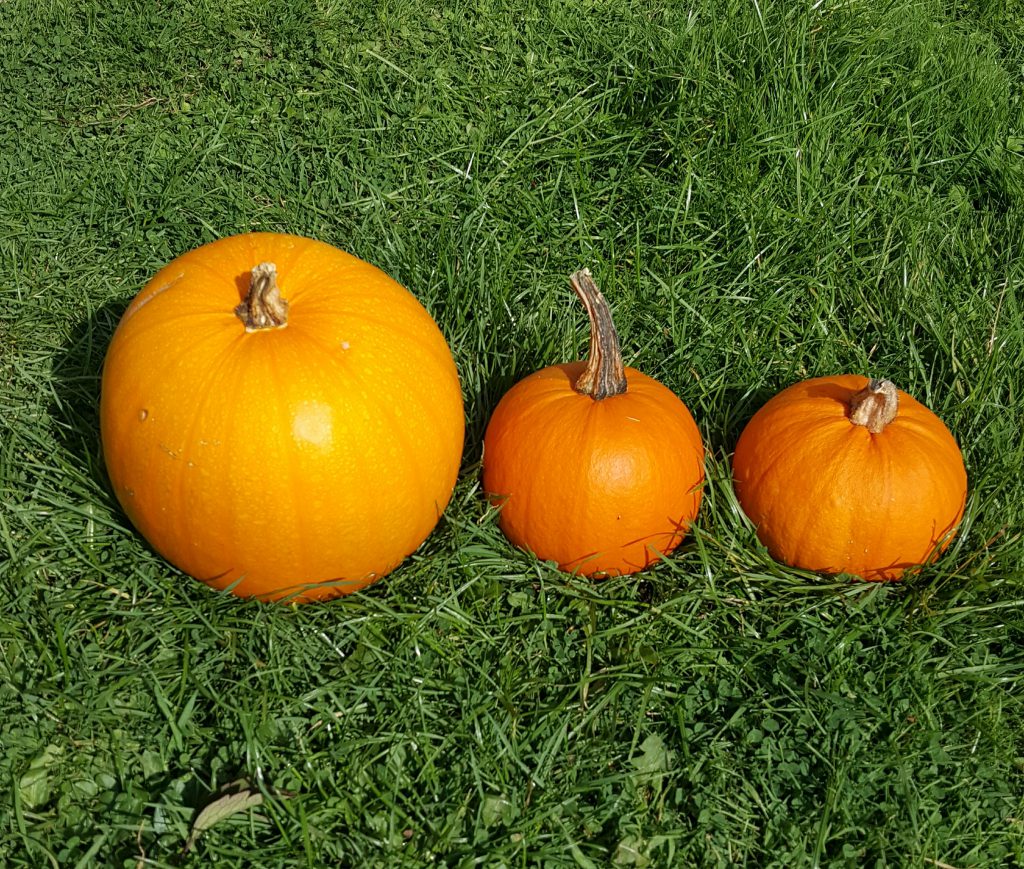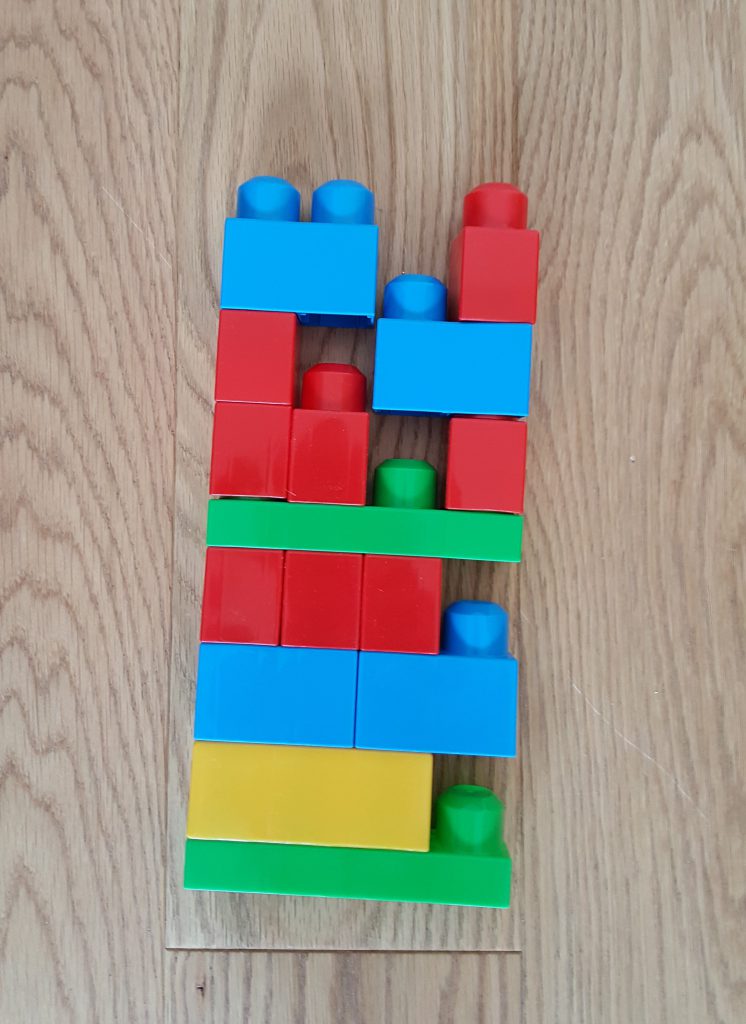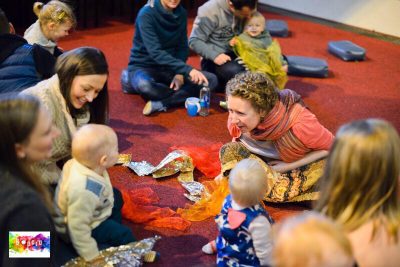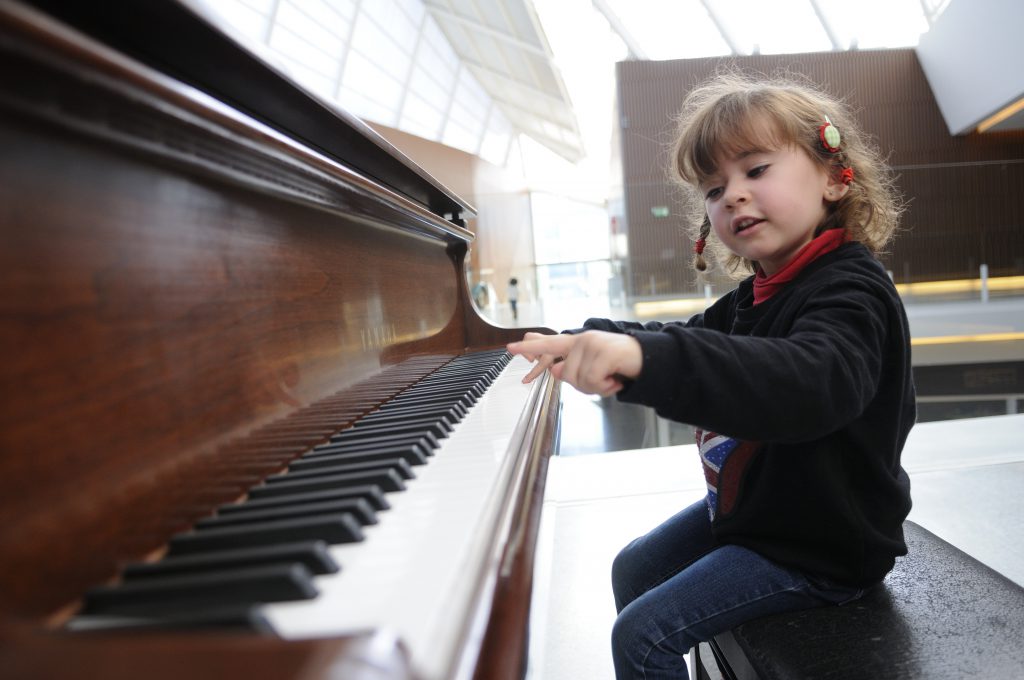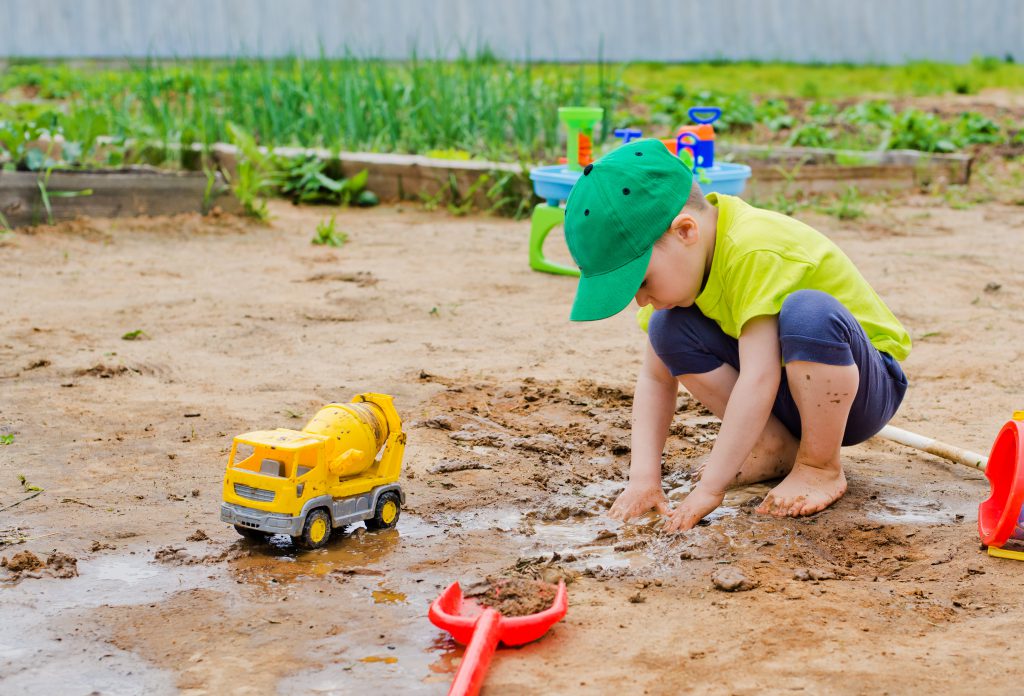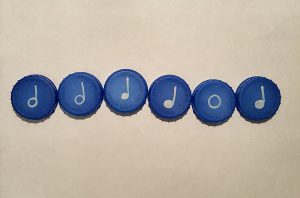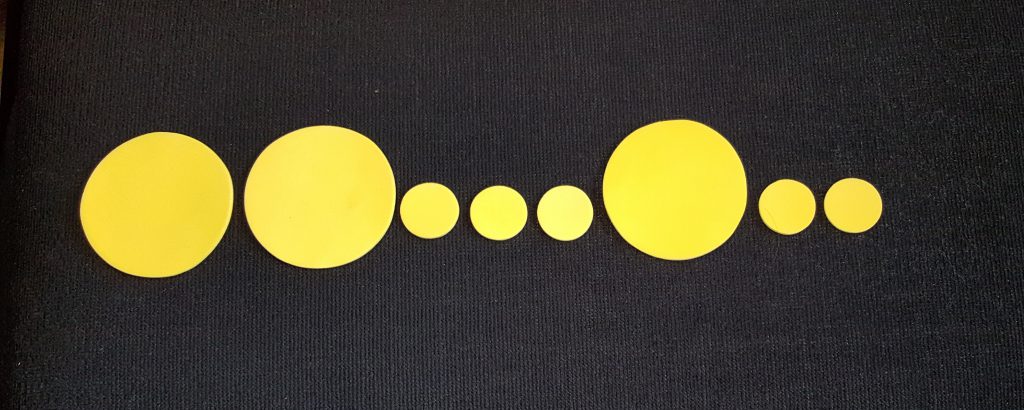Making your own musical instrument is a fun way to explore sound. Recently, I introduced students at the Folville Summer Music Camp to Spanner Glockenspiels. The Spark Arts organised these lovely music sessions and were brilliantly supported by the staff of Folville Junior School in Leicester.
The same workshop was delivered to two groups:
- 22 students in Years 2 and 3
- 18 students in Years 4 – 6
We got into our musical groove with a drumming session on Folville’s marvellous collection of djembes. As an introduction to graphic scores, students were asked to compare loud/quiet sounds and to choose shapes which represented them. Students was invited to create a pattern of loud/quiet sounds using foam circles and we all played their compositions. I was particularly impressed with the excellent musical discipline and ensemble work shown by the older students.
Next, we discussed how sounds could be made using a spanner (tapping , knocking, scraping on various surfaces). I demonstrated the sound made by a suspended spanner when it was tapped firmly with another spanner. The clear chiming sound and extra resonance it produced caught the attention of the students. We then compared the sounds of two different spanners, concluding that one was higher than the other and used coloured stickers to identify the spanners which made high/low sounds.
After a quick tutorial on how to assemble the spanner glockenspiel, each student assembled their own instrument. Most students found that their constructs were rather wobbly. Some came up with clever ideas to stabilise their instruments by stretching a third pair of rubber band at right angles to the other two pairs.
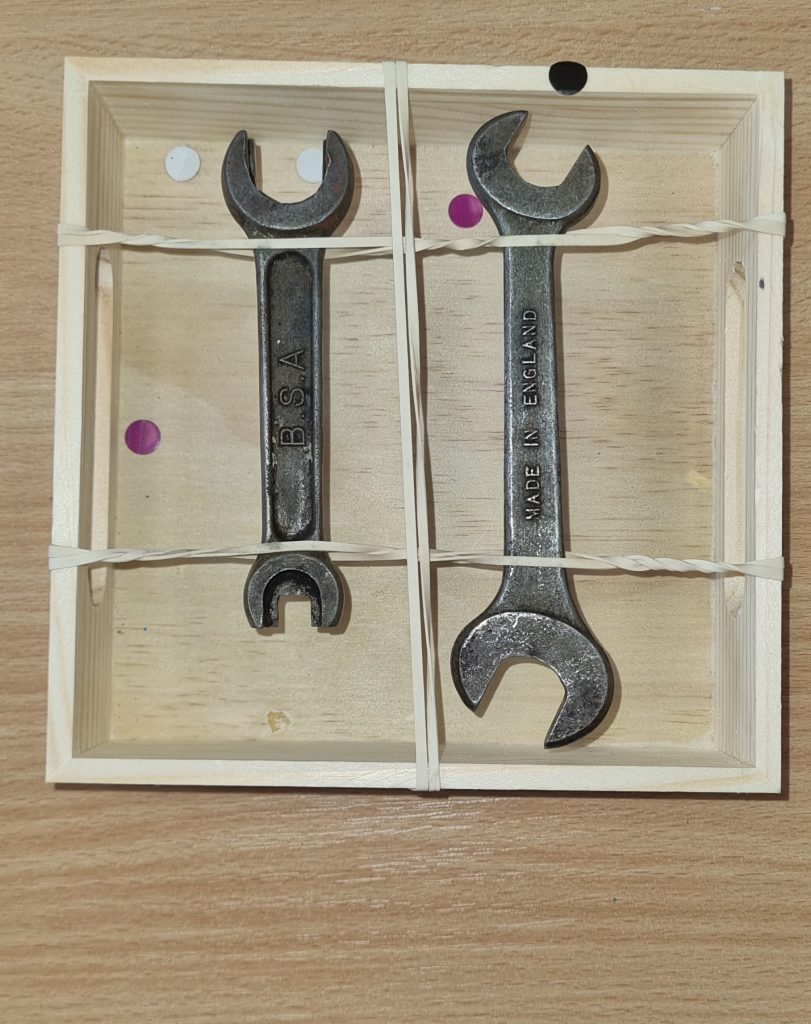
The students recorded their ideas using a simple pitch graphic score with coloured stickers to differentiate the pitch of their spanners. The older students added different musical elements to their graphic scores:
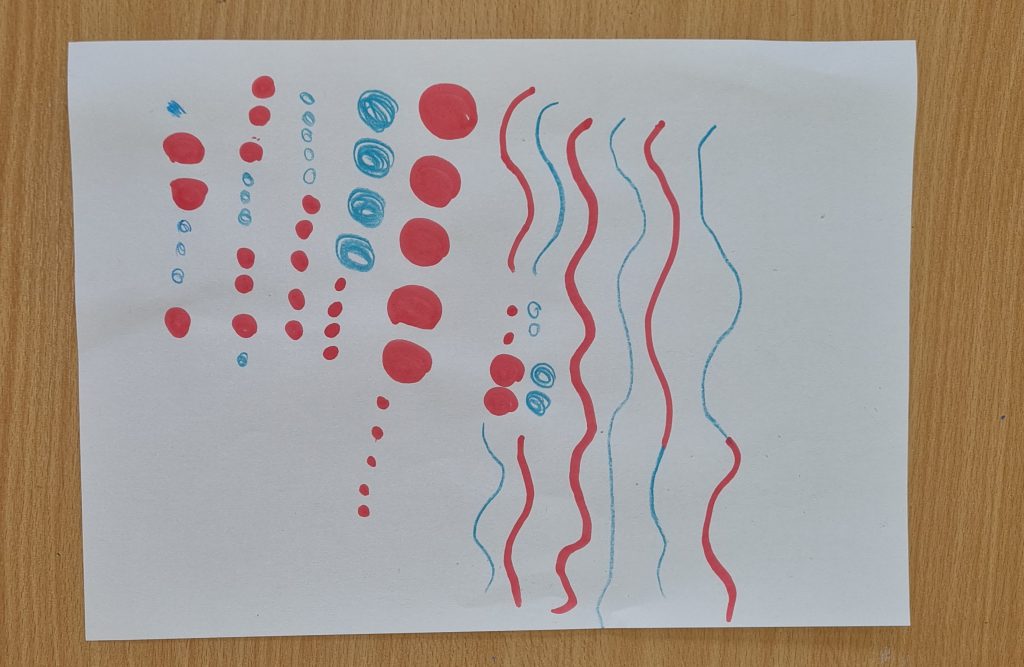
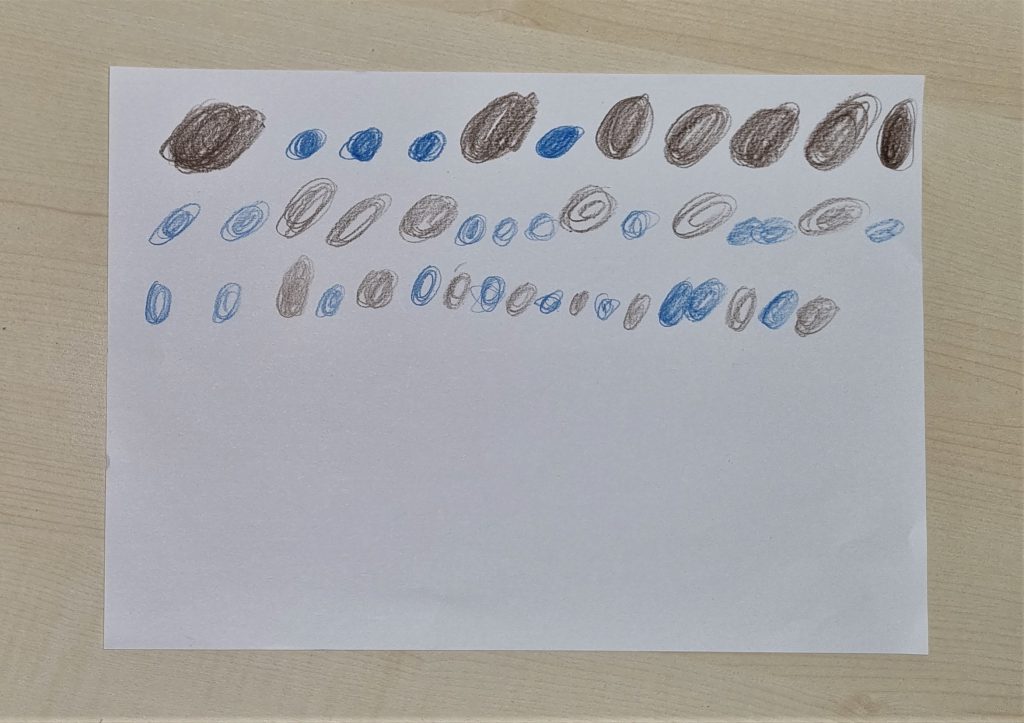
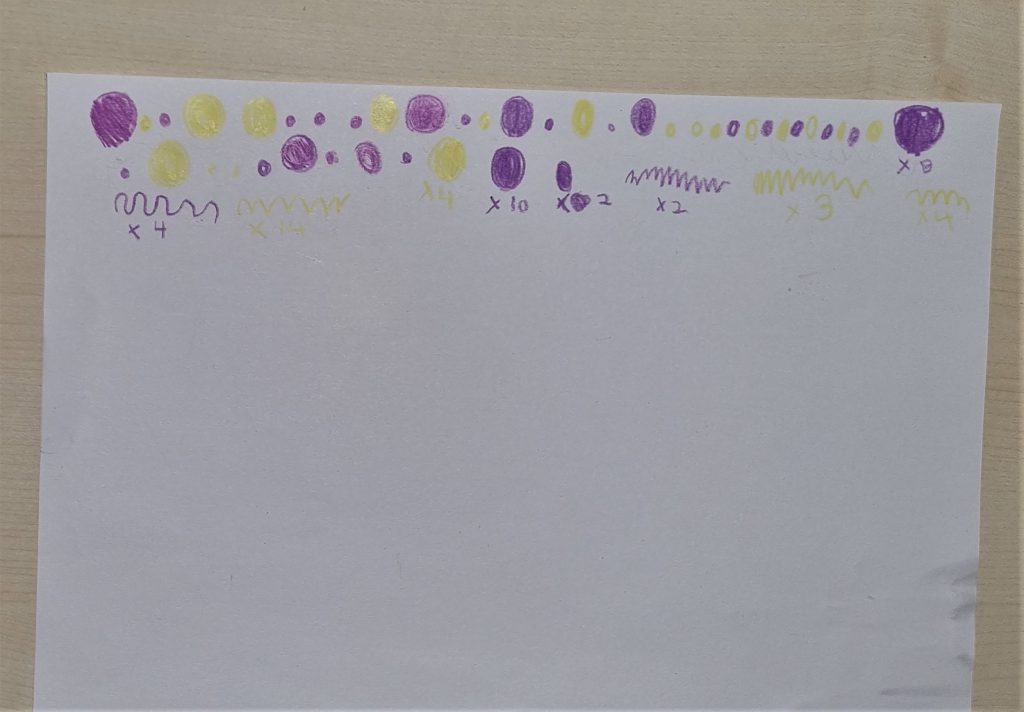
One student traced and coloured in the shape of his spanners to decorate his graphic score

The workshop ended with some musical colouring and a few rounds of musical bingo.
If you would like to have a go at making your own spanner glockenspiel, you will need :
- some spanners
- a sturdy box (square or rectangular biscuit tins, or wooden boxes / trays. Sturdy cardboard boxes will also be fine as long as they can hold their shape. Plastic takeaway boxes are another good option)
- 4 big rubber bands
- a variety of beaters.Any metal/wood/ felt/rubber/silicone-tipped kitchen implements tend to be perfect for sound exploration. I use chopsticks, table knives, silicone spatulas, and pencils.
I prefer to use recycled / found materials to make these instruments. It encourages sound explorers to adopt a more informal can-do approach to music making, and helps them think of creative uses for things in their everyday environment.
To make the spanner glockenspiel:
Step 1. Collect lots of old interesting spanners. The old fashioned heavy ones are the best as they create the nicest sounds. The Reusers in Sutton Coldfield is one of my go-to place to stock up on spanners for Rhythm Circle workshops. It took me 2 visits over 2 years to acquire 40-45 spanners of just the right kind.
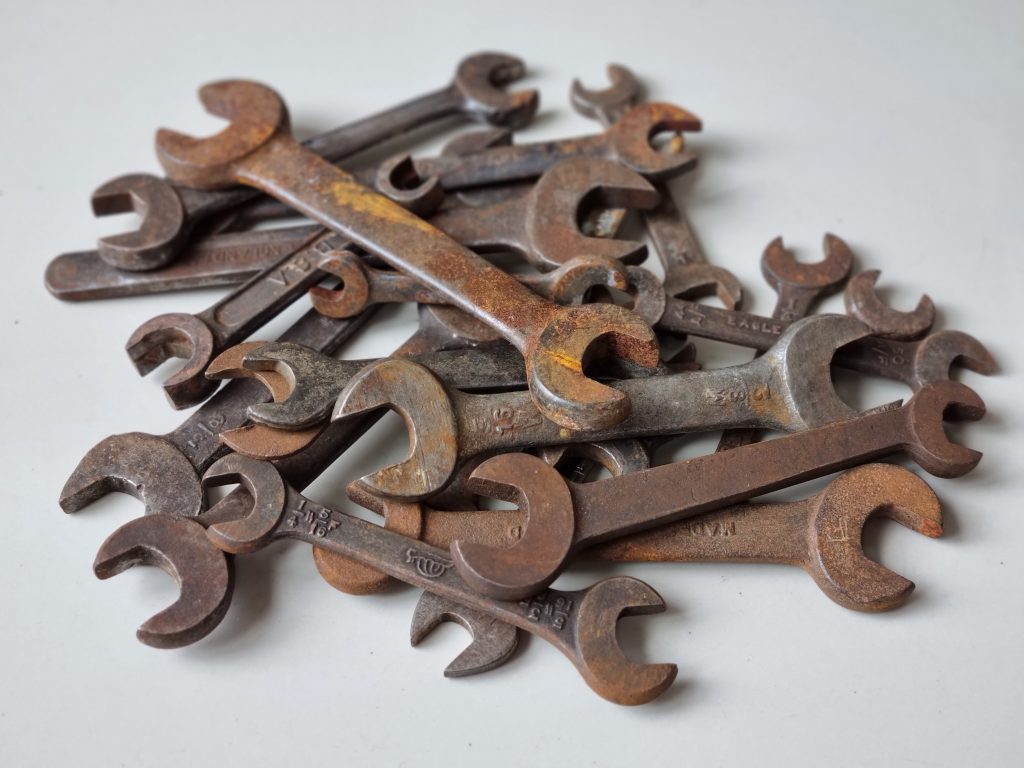
Before… 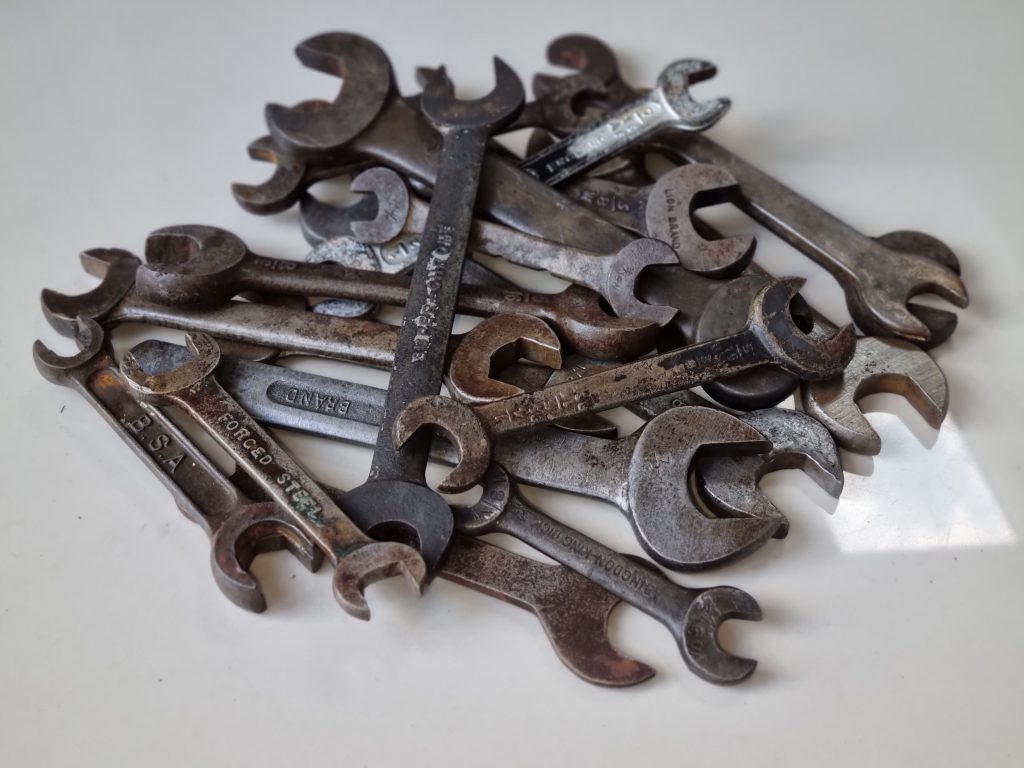
….and after the ‘Spanner Spa’ treatment
Step 2. If you need to clean your spanners, soak them in some mild acid and dish-drops to shift the rust and grime (you don’t need industrial strength acid bath for the job. In a pinch, Coca Cola or vinegar will do). Soak the spanners in the acidic solution for a couple of hours, then scrub them to remove more rust and grime. Best tools seem to be a steel mesh scrubber and toothbrush to clean the little grooves and hard-to-reach places.
Step 3. Dry the spanners and rub lightly with oil to prevent further rusting. Skin-friendly oils are preferable as the spanners will be handled by little hands. I used Johnsons’ baby oil, but plain cooking oil will also work.
Step 4. Now for the fun bit! Stretch 2 rubber bands around your box and keep them bunched up together. Tuck one end of a spanner in between the rubber bands. Repeat with the other two rubber bands and tuck the other end of the spanner in. Before putting a second spanner into your rubber band cradle, twist each rubber band around the other one in its pair. This will tighten the rubber bands around the first spanner to stop it from wobbling in its cradle.
Step5. Tap spanners with a beater. Metal-tipped beaters give a clearer bell-like sound and wooden/soft-tipped beaters make a muted sound.
You can group the spanners in sets which are in tune with itself – they don’t need to be arranged according to concert pitch tuning. For younger students, I normally start with 2 spanners: one high-pitched and one low- pitched.
To extend learning, you can add more spanners of different pitches to explore more complex pitch patterns, or introduce different musical elements. Older students can be challenged to arrange a bunch of random spanners by pitch order, or to compose tunes which they can play on their spanner glockenspiels.
Enjoy!


